14 Simple Safety Hacks For Adventurous Couples

From mist-shrouded ridge walks to neon city nights, tackling new places together is half romance, half risk. Trouble is, a blocked bank card, a dead phone, or a flimsy hostel lock can turn thrills into stress in minutes. The solution? Slip a few low-cost habits into your packing list now, so when the unexpected shows up, you’re ready. Use the fourteen hacks below as a shared safety playbook and spend your trip chasing stories, not solving problems.
Map the First Five Hours
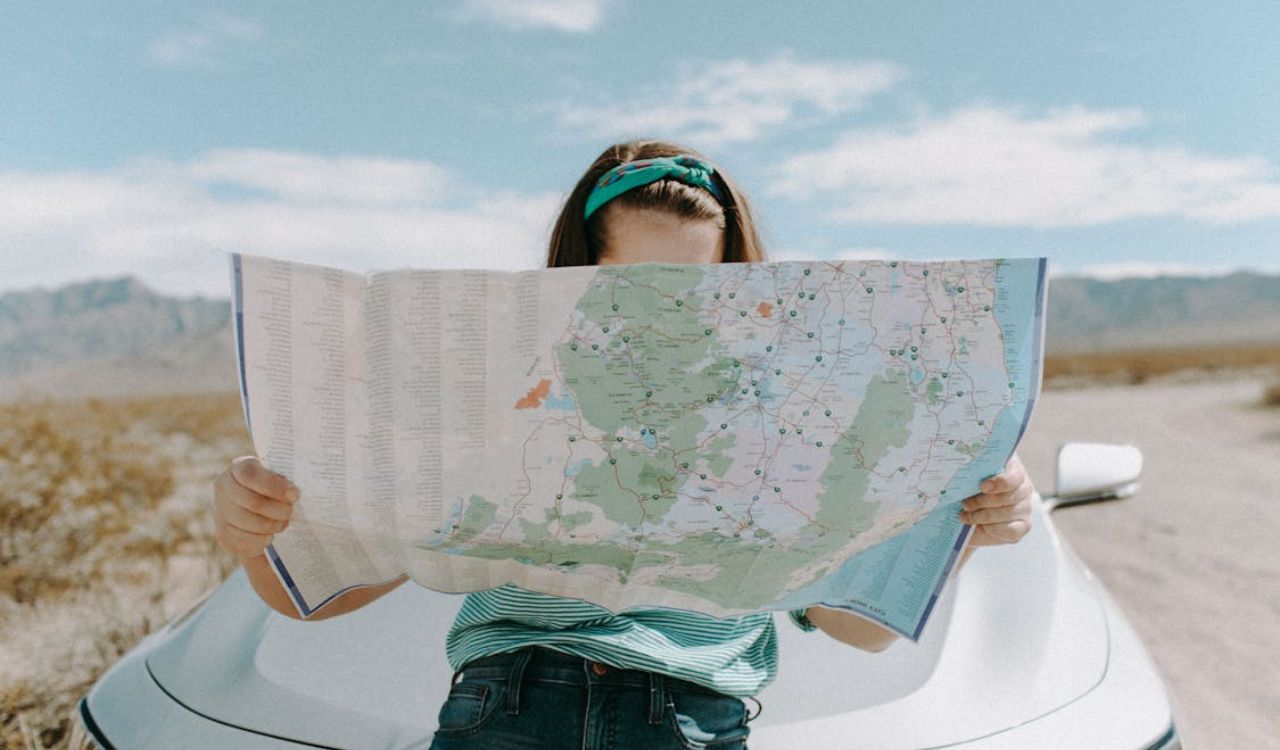
Arrive, grab cash, reach the room, and eat—nail those four tasks fast, and the whole trip starts smoothly. Before you fly, list the airport ATM you’ll use, the exact bus stop or rideshare bay, and a bright café or mini-market steps from your hotel. Add a fallback for each in case queues crawl or Wi-Fi dies. That pocket plan prevents hungry, jet-lag wandering and pricey taxis, leaving you free to toast sunset instead of arguing over directions.
Double Up on Bank Cards

Card fraud filters love foreign swipes, but romance shouldn’t stall with them. Carry one debit card each plus a shared credit card, stashed in separate bags. Photograph the numbers and helplines, encrypt the shots, and email copies to yourselves. If one card is blocked, the other partner still has spending power, so date-night gelato never gets cancelled and emergency flights remain within reach.
Grab a Local SIM & Offline Maps
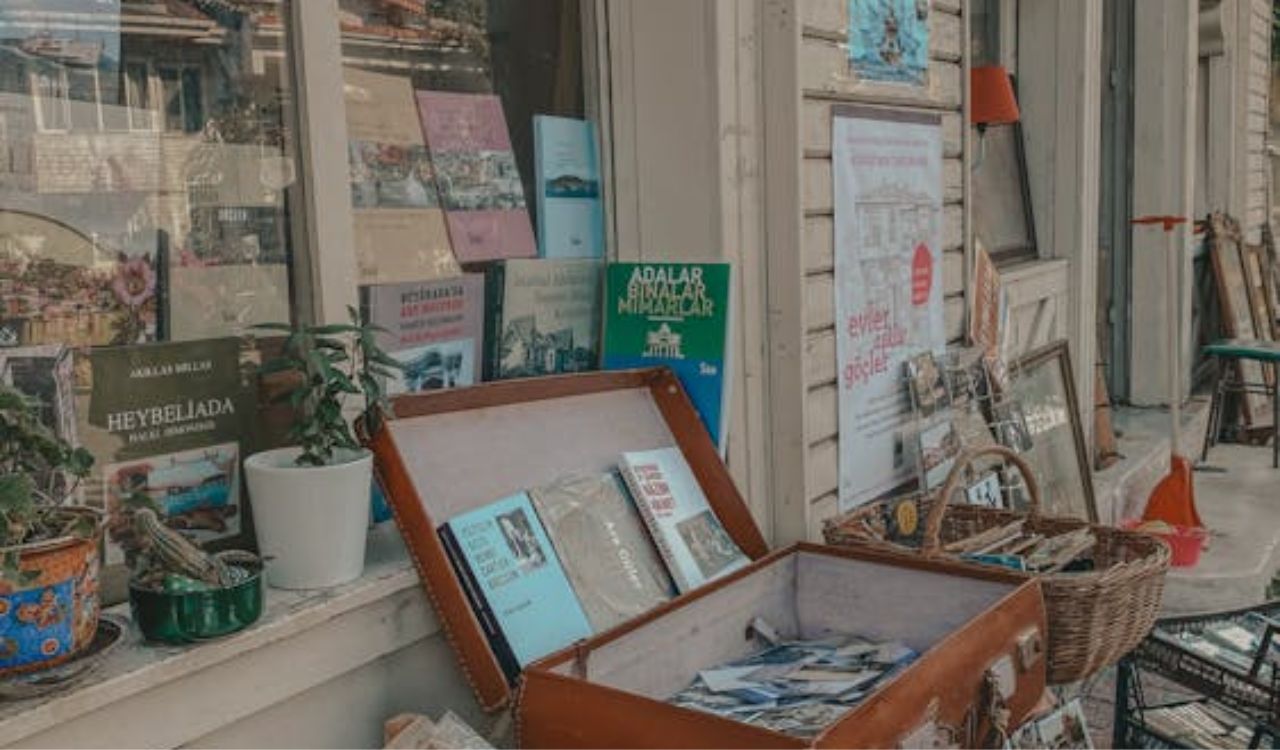
Airport kiosks sell week-long tourist SIMs (often €10-15 with 10 GB). Swap the card, turn on data, and immediately download Google Maps for every city and park you plan to visit; the file lives offline forever unless you delete it. Mark hotels, embassies, trailheads, and medical clinics with stars. Now rideshares, translators, and SOS calls work even in canyons or concrete basements. Keep your home SIM in a labeled micro-envelope so you don’t lose it before the return flight.
Share a High-Capacity Power Bank
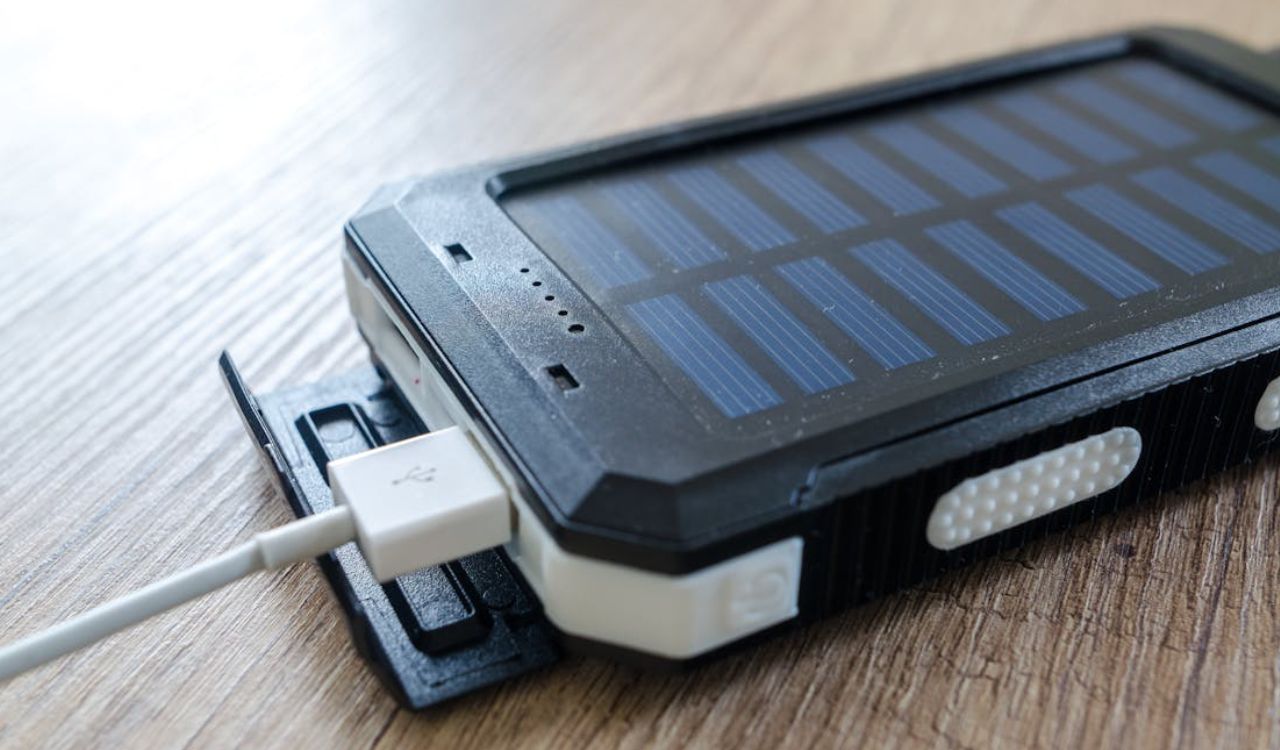
Choose 10 000–20 000 mAh (enough to recharge two smartphones twice). Stick two 15 cm braided cables under the rubber strap so nothing tangles. Tape your names on it; hostel outlets love to swallow anonymous bricks. Top up over breakfast and again during dinner—USB-C banks refill in under two hours. The same brick will juice a mirrorless camera, AirPods, or a GPS beacon, keeping photos, playlists, and safety apps running long after sunset.
Pack Personal Alarms

A 30-gram pull-pin siren (120 dB) plus a bright strobe costs under $20 and clips beside a water bottle. Test it in an empty parking lot so you know the tug strength. On predawn photo walks, one alarm hangs on the tripod, the other on a belt loop. Should a dog, thief, or over-curious stranger close in, the blast startles them and flags help within seconds, far faster than fumbling for a phone. Replace batteries yearly; store mine-pin reversed to avoid accidental pulls.
Wear Cross-Body Gear & Split Valuables
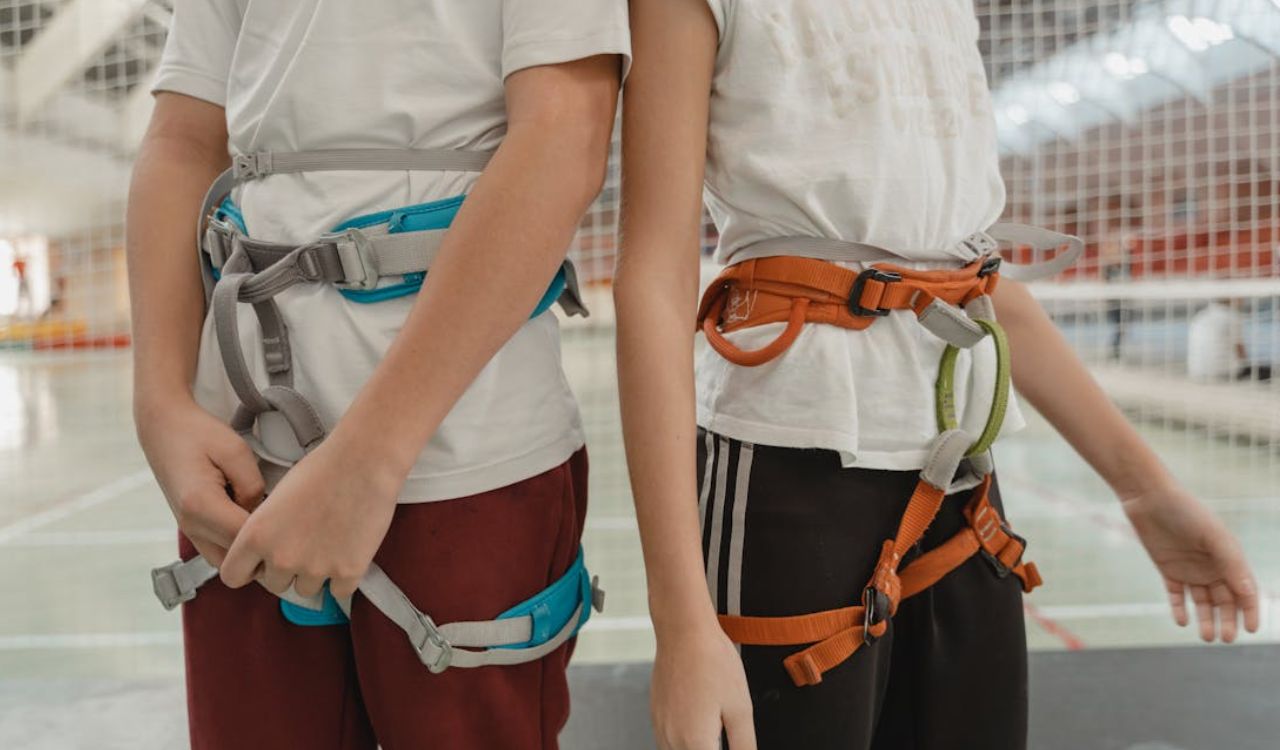
Opt for slash-proof straps and lockable zips (brands like Pacsafe, Osprey, or Bellroy). Inside the sling: today’s cash, a single card, and your mid-size camera. In a second, hidden pouch: passports and the backup card. At the hotel, stash third-line cash in a sock or shampoo bottle. That two-layer redundancy means no single pickpocket, river dunk, or hotel-safe glitch ruins the whole budget—or forces an embassy dash.
Leave a Digital Breadcrumb Trail
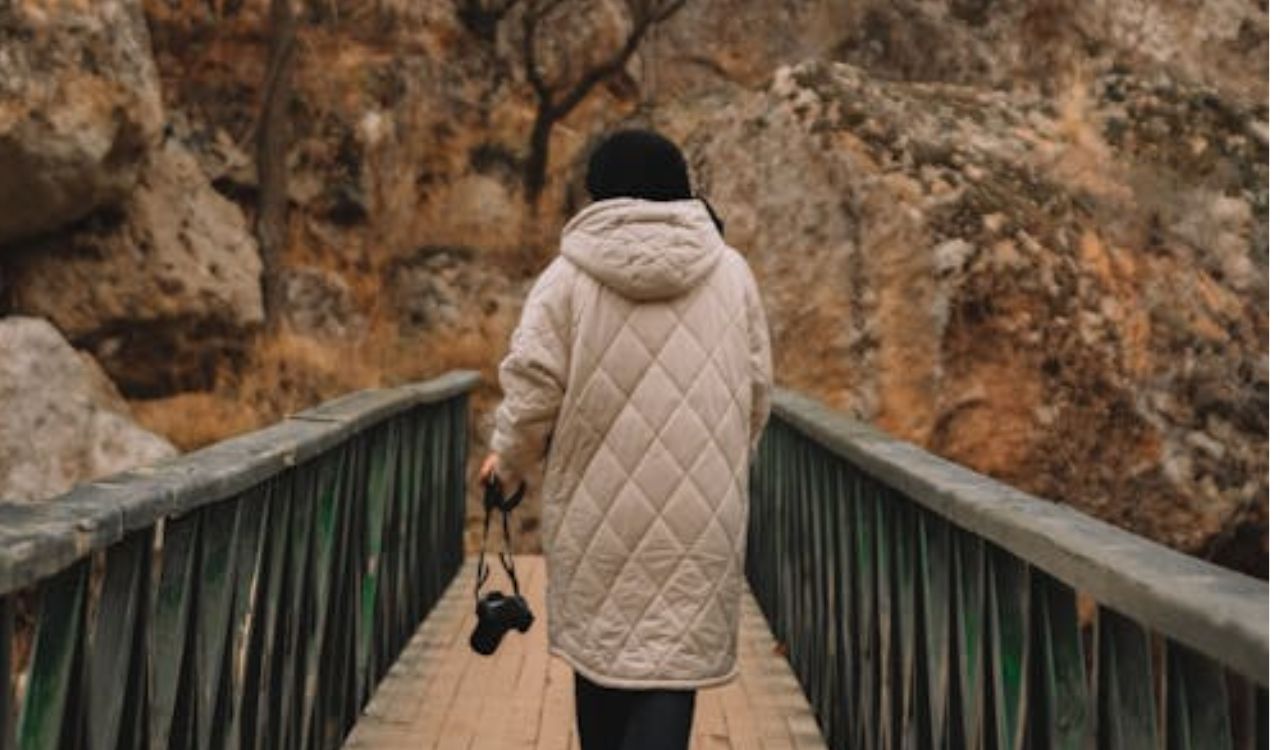
Create a shared “Trip Ping” chat with two relatives. Every evening at lights-out, drop a 10-second voice note: “Hiking done, back in Cusco. Tomorrow bus 7 AM to Puno.” Even if you vanish offline for 48 hours, search crews now have a last-seen time, transport route, and direction. Tip: set an alarm labeled “ping parents” so tired brains don’t forget. The log doubles as a fun audio diary when you’re home.
Wedge a Rubber Door-Stopper at Night

Many budget rooms still use simple push-latches. Slide a rubber wedge (or a compact door-jam alarm) under the handle side: pushing on the door forces it tighter, thwarting sneak-in thieves. Place your day-pack against it for a second barrier and a noise maker. The same stopper props doors open for luggage loading, keeps kids from slamming fingers, and even levels a wobbly café table when you’re working on the road.
Bring a Multi-Use Shawl or Sarong
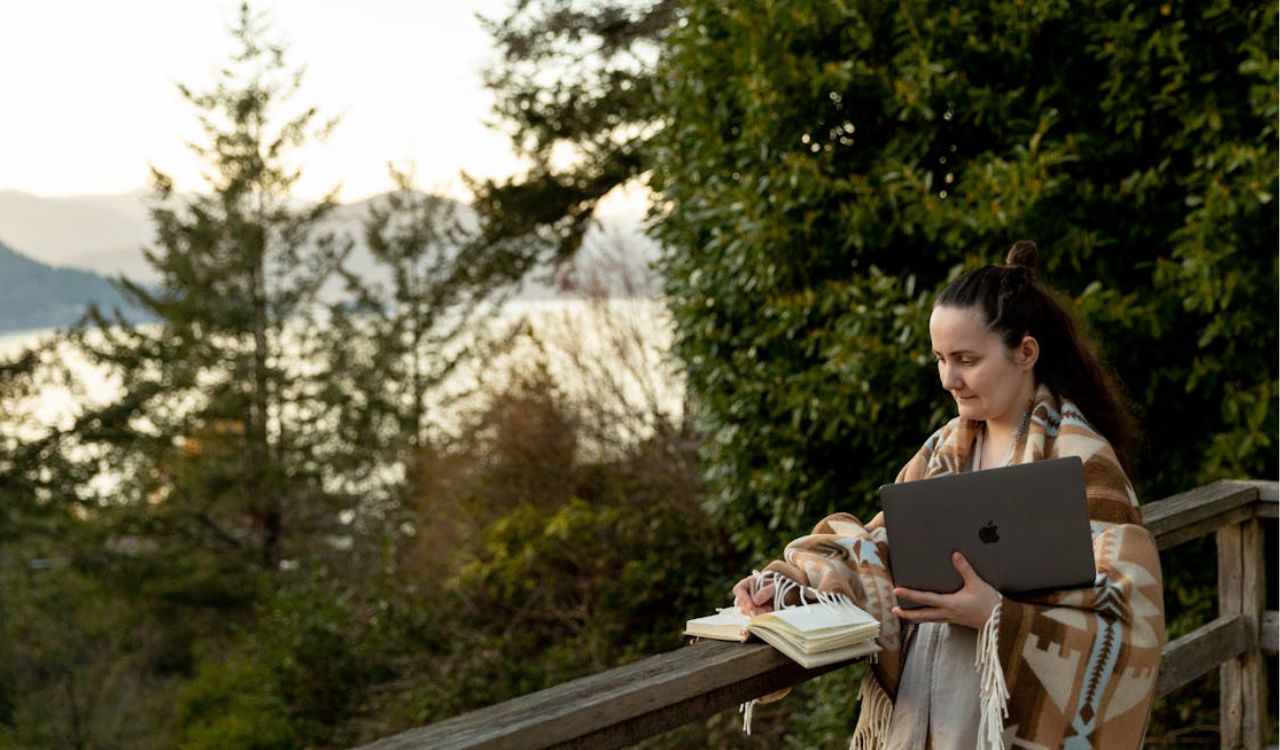
Pick a quick-dry bamboo-viscose blend (~180 × 90 cm). Uses: shoulder cover for temples, improvised picnic mat, bus blanket, beach towel, light scarf, curtain on hostel bunks, wrap for injured arms, bundle for dirty shoes. Rinse with hotel shampoo; it dries before morning. Neutral earth tones hide stains and match any outfit for Instagram ease. Tuck a safety pin and hair tie inside the rolled shawl for fast on-the-fly hacks.
Say Yes to Adventure-Grade Insurance

Look for policies that cover “motorized two-wheelers” and “activities above 3 000 m.” WorldNomads, SafetyWing, and Global Rescue list their sports in plain English—read them. Store the policy PDF in Books/Files apps, bookmark the claim form, and write the hotline number on a card in your wallet. If a scooter crash cracks a phone screen, one email sends reimbursement, and an airlift doesn’t bankrupt you.
Carry Two Lighters & Burn Paper Plates
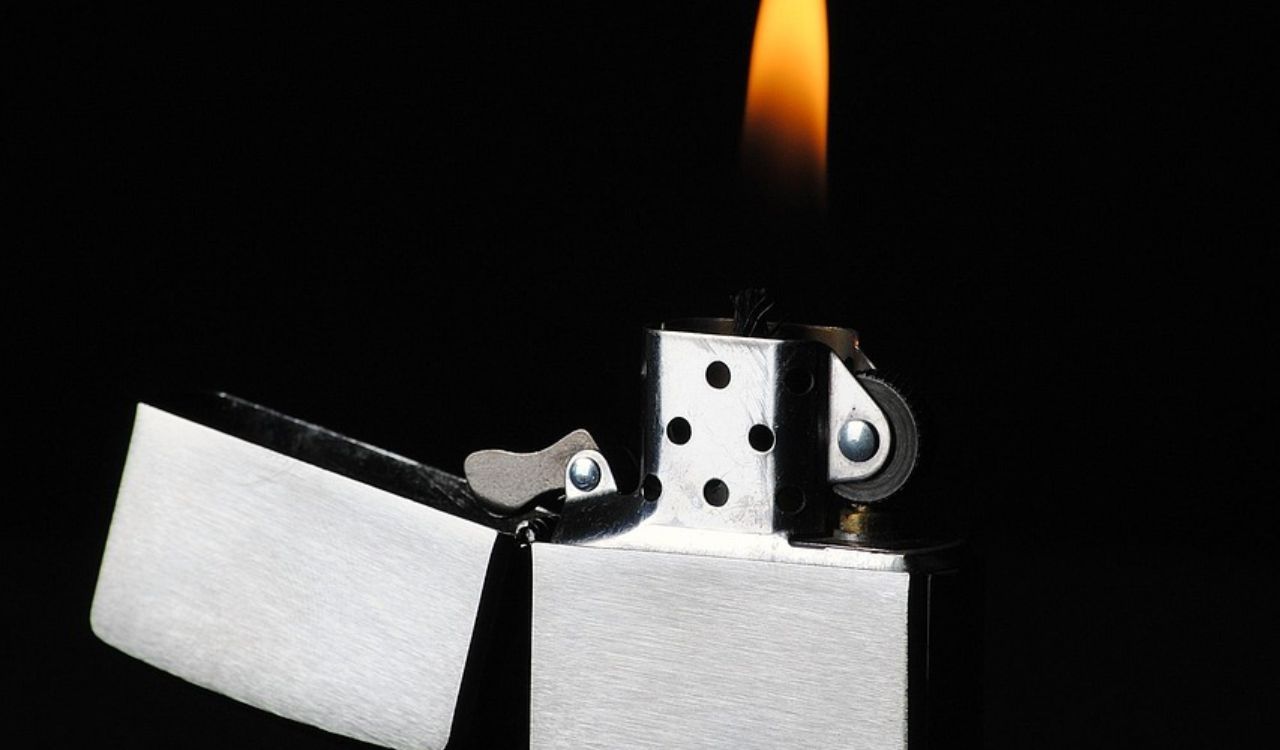
Stash one Bic in the cooking bin, one in a pocket that never gets wet. At dinner, tear used paper plates into quarters; they ignite fast under damp sticks, sparing gas and chemical cubes. Keep a mini Ziplock of dryer lint or cotton balls soaked in wax—lights even soggy wood. After breakfast, save that day’s plates again; your pack gets lighter daily, and nothing stinks of fuel.
Build a Couple-Sized First-Aid Kit
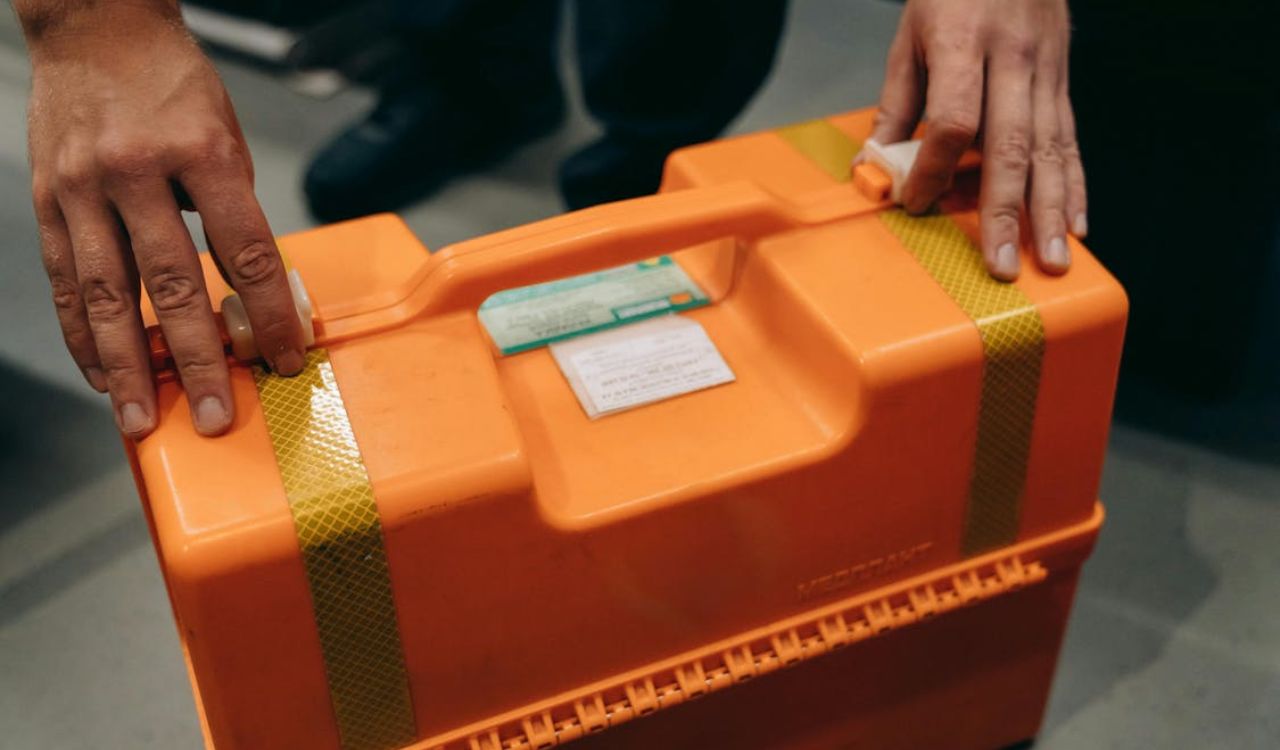
Starter list: 6 assorted plasters, 2 large gauze pads, 4 alcohol wipes, a roll of kinesiology tape (doubles as blister wrap), 6 ibuprofen, 4 antihistamine, 2 electrolyte sachets, 4 activated-charcoal caps, 1 small tube 1 % hydrocortisone, tweezers, and a safety pin. Label doses with a Sharpie so anyone can help in a hurry. Slip a tiny laminated “how to call 911 equivalents” card inside—000 in AU, 112 in EU, 999 in UK.
Organize Camp with Shoe Pockets & Mesh Hamper
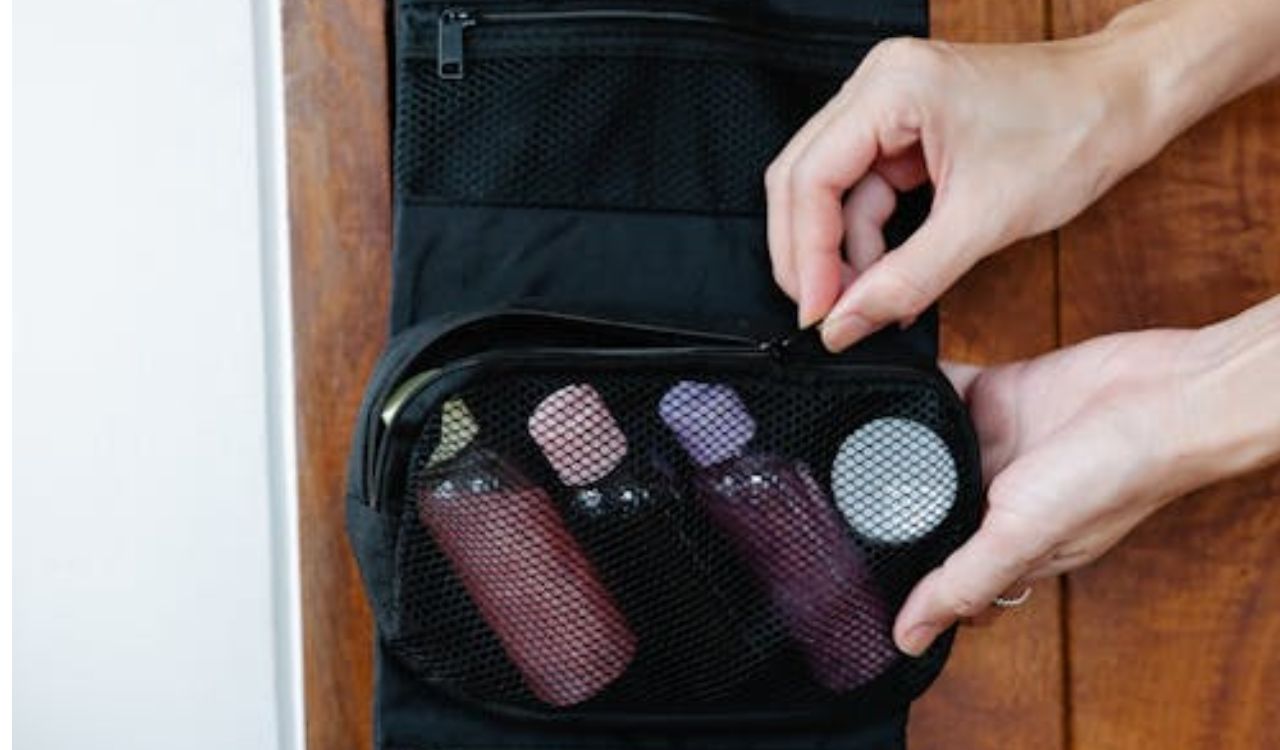
Cut the bottom row off an over-door organizer for a lighter strip. Hang it on a tree via bungee cords: headlamps top left, cutlery top right, bug spray center, phone bank lower pocket. Everyone returns gear to its pocket = no more midnight scramble for a missing torch. A pop-up mesh hamper elevates trash above ants and folds flat into the car spare-wheel well when you break camp.
String a High Rope for Fido (or Wet Gear)
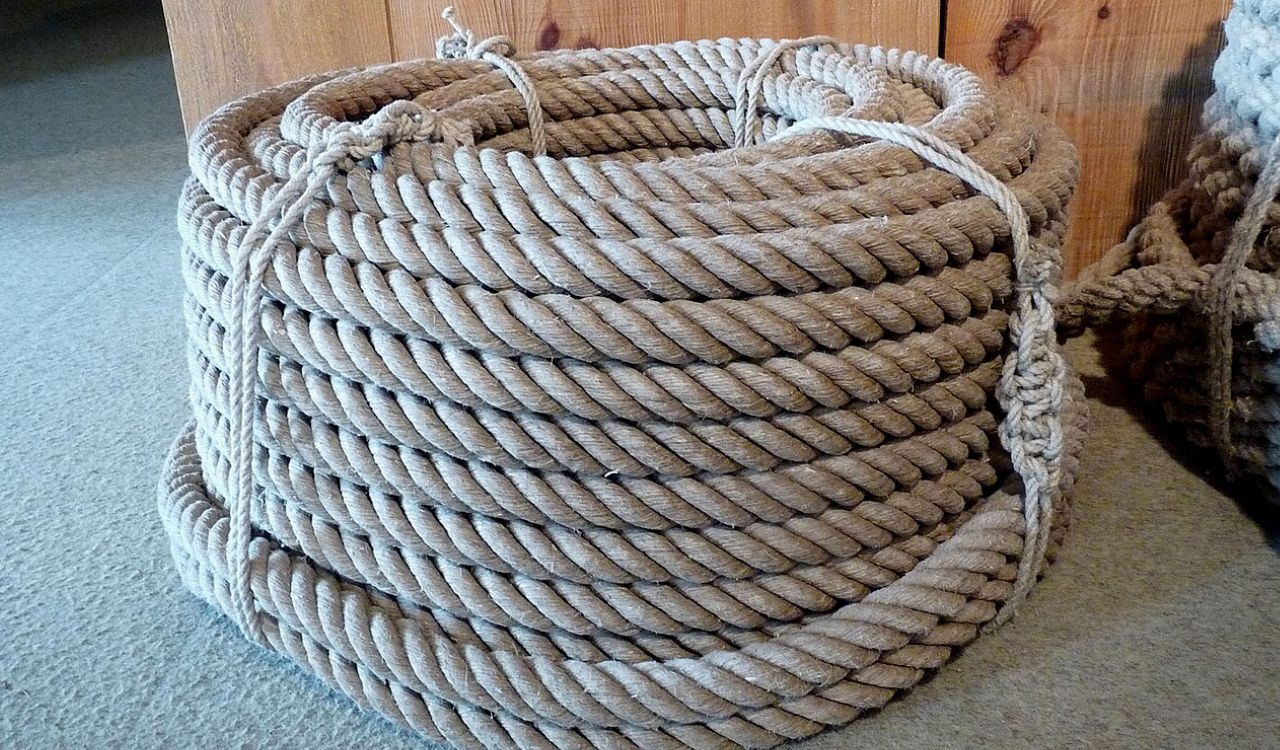
Use 8 m of reflective paracord rated 550 lb. Wrap each tree twice at chest height, then tension with a trucker’s hitch. Clip the dog’s retractable leash to a locking carabiner; he can trot a six-meter arc without chair collisions. Pet-free duo? Peg socks, swimsuits, and coffee mugs to the same line—morning sun = dry kit. The reflective strip glows in headlamp beams, saving foreheads from clothesline whiplash on late-night loo runs.